2025年国际医学人工智能大会讲者介绍
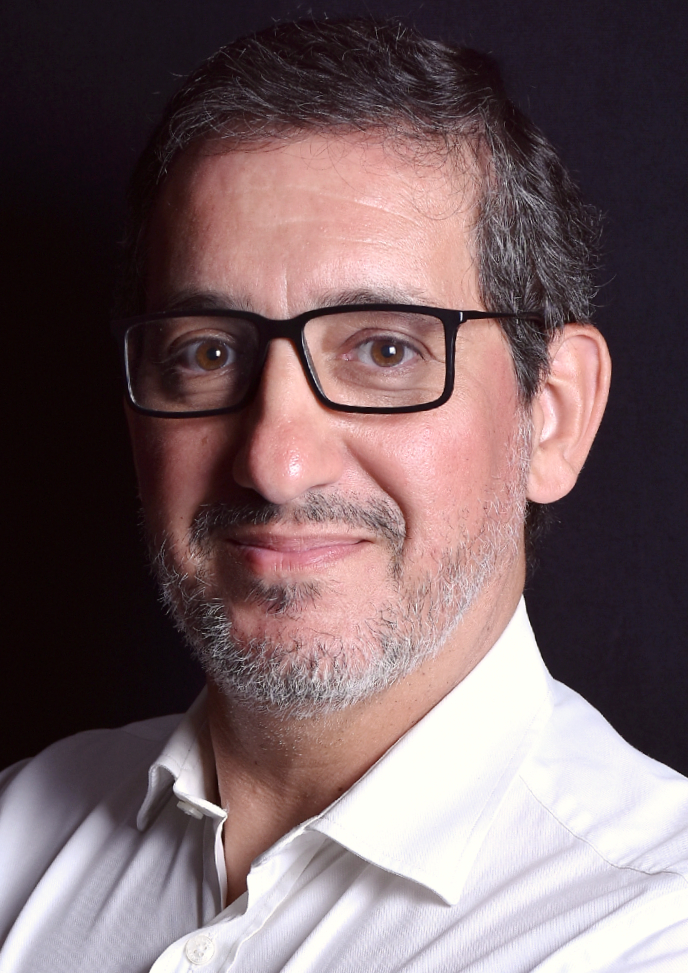
Hugo Gamboa 教授
葡萄牙新里斯本大学 / Universidade Nova de Lisboa
报告题目/Title:《可穿戴式设备与工业健康监测》/ Wearable Devices & Industrial Health Monitoring
个人简介:Hugo Gamboa现任葡萄牙新里斯本大学科技学院物理系正教授,并担任LIBPHYS研究中心主任,南京信息工程大学人工智能学院(未来技术学院)兼职教授。他毕业于里斯本大学高等技术学院,获电气与计算机工程博士学位。作为弗劳恩霍夫葡萄牙分会资深科学家,他主导里斯本办公室智能系统研究组的工作。Gamboa教授是PLUX无线医疗传感器公司的创始人和董事长,这家科技创新型企业专注于微电子技术、生物信号处理及软件开发领域。他在LIBPHYS研究中心领导的研究团队在医疗仪器研发、生物信号处理及机器学习在生物信号中的应用方面具有深厚造诣。学术成果方面,甘博亚教授已发表:60余篇期刊论文、15篇专著章节、10本精选论文集(最佳论文选编)以及110篇会议论文。现为IEEE高级会员。
CV: Hugo Gamboa is a Full Professor at the Physics Department of the Nova School of Science and Technology of the Universidade Nova de Lisboa and Director of LIBPHYS. He is an Adjunct Professor at the School of Artificial Intelligence, Nanjing University of Information Science and Technology. He got his PhD in Electrical and Computer Engineering from the Instituto Superior Técnico, University of Lisbon. As a Senior Scientist at Fraunhofer Portugal, coordinates the Lisbon Office research group, which focuses on Intelligent Systems. He is the founder and President of PLUX, a technology-based innovative startup in the field of wireless medical sensors, focused on microelectronics, biosignal processing and software development. He leads a research team on LIBPHYS with expertise on medical instrumentation, biosignal processing and machine learning applied to biosignals. Published more than 60 Journal Papers; 15 Book Chapters; 10 books (selected best papers); 110 Conference Papers. He is an IEEE Senior member.
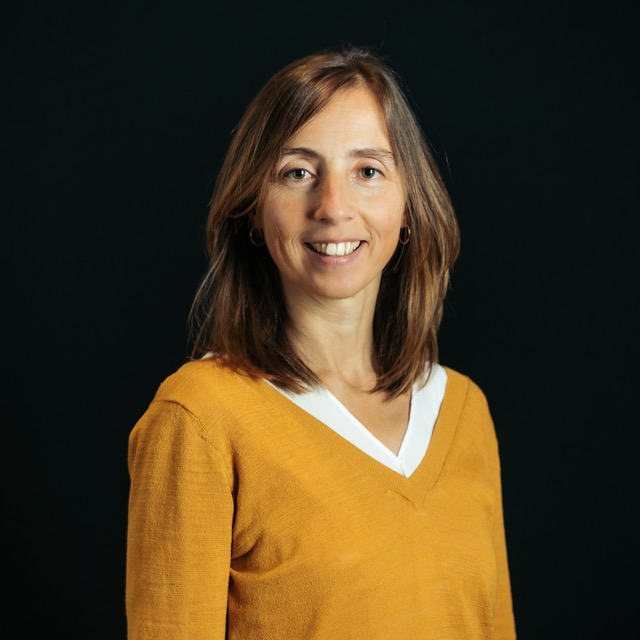
Ana Rita Londral 教授
葡萄牙新里斯本大学/NOVA Univeristy of Lisbon
报告题目/Title: 用于优化医疗服务中患者路径的人工智能应用/ AI applications for optimizing patient pathways in health care services
个人简介:Ana Rita Londral教授毕业于里斯本大学,获电气与计算机工程学士及生物医学科学博士学位(神经科学方向),现任新里斯本大学助理教授、健康价值协同实验室(Value for Health CoLAB)主任,并担任综合健康研究中心资深研究员。她在医疗工程、数字健康和人工智能医疗创新领域拥有逾20年研发经验,专注于开发临床决策支持系统所需的数字工具与预测分析技术,在智能患者监护、疾病进展建模及数字健康技术与临床流程融合方面取得重要突破。作为核心成员参与20余项国内外研发项目(含多项欧盟资助计划),其研究成果已成功转化为实际医疗应用,并系统评估了技术的可扩展性与临床价值。
CV: Ana Londral studied Electrical and Computer Engineering and holds a PhD in Biomedical Sciences with a specialization in Neurosciences from the University of Lisbon. She is an Assistant Professor at Nova University of Lisbon and directs a collaborative laboratory, Value for Health CoLAB. She is also an integrated researcher at the Comprehensive Health Research Centre. She brings over 20 years of experience in medical engineering, digital health, and AI-driven healthcare innovation. Her work focuses on developing and implementing digital tools and predictive analytics for clinical decision support, with significant contributions to AI-powered patient monitoring, disease progression modelling, and the integration of digital health technologies into clinical workflows. She has joined more than 20 national and international R&D projects, including several EU-funded initiatives, translating technology research into practical healthcare applications and assessing their scalability and impact.
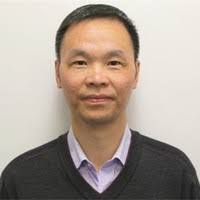
周挥宇/Huiyu Zhou 教授
英国莱斯特大学/University of Leicester
报告题目/Title: : 当组织病理遇见人工智能/ When histopathology meets AI
报告摘要:数字病理的定量分析在临床诊断及理解特定治疗方案制定依据方面发挥着关键作用。组织病理切片能完整呈现疾病特征及其对人体组织的影响,其中病理图像的自动化分析持续吸引着机器学习领域的广泛关注。本次报告将重点阐述我们在病理图像定量分析方面的最新研究成果:首先,提出一种高效的结直肠肿瘤多尺度分割方法。该方法采用RGB色彩模型与直方图距离优化感兴趣区域提取,并基于随机投影的L2范数稀疏表示实现了理想的分类效果。其次,针对病理图像染色与扫描导致的色彩归一化难题,我们创新性地开发了无监督双通道表征学习模型。最后,受非负矩阵分解(NMF)理论启发,提出了一种新型无监督深度学习方法用于染色分离,可将输入图像分解为染色基质与染色浓度矩阵。
Abstract: Quantitative analysis of digital pathology has played an important role in clinical diagnosis and understanding of the underlying reasons for specific treatments being deployed. Histopathological slides provide a comprehensive view of individual diseases and their effects on human tissues, where automated analysis of histopathology imagery continuously attracts the attention of the machine learning community. In this talk, I will summarise our recent works in the quantitative analysis of histopathology images. First of all, I introduce an efficient multi-scale approach for colorectal tumour segmentation. Our method applied an RGB colour model and histogram distance for refining the region of interest extraction. We deployed a random projection-based L2-norm sparse representation to achieve satisfactory classification results. Secondly, we have proposed an unsupervised dual-channel representation learning model to deal with the challenges in colour normalisation due to staining and scanning of histopathology images. Finally, we report a novel unsupervised deep learning method for stain separation, inspired by Non-Negative Matrix Factorisation (NMF) that decomposes the input image into a stain colour matrix and a stain concentration matrix.
个人简介:周挥宇教授先后获得中国华中科技大学无线电技术专业工学学士学位、英国邓迪大学生物医学工程理学硕士学位,以及英国爱丁堡赫瑞瓦特大学计算机视觉哲学博士学位。现任英国莱斯特大学计算与数理科学学院正教授,迄今已在相关领域发表同行评审论文600余篇。周教授担任《电气与电子工程新进展》主编,同时出任《IEEE人机系统汇刊》《IEEE生物医学与健康信息学杂志》《模式识别》《PeerJ计算机科学》及《IEEE Access》副主编,并担任机器人顶级会议ICRA、人工智能顶会IJCAI和英国机器视觉会议BMVC的区域主席。其研究项目获得英国工程与物理科学研究理事会(EPSRC)、医学研究理事会(MRC)、欧盟委员会、英国皇家学会、利华休姆信托基金、帕芬信托基金、英国阿尔茨海默症研究中心、北爱尔兰投资局及多家企业的持续资助。
CV: Prof. Huiyu Zhou received a Bachelor of Engineering degree in Radio Technology from Huazhong University of Science and Technology of China and a Master of Science degree in Biomedical Engineering from the University of Dundee in the United Kingdom, respectively. He was awarded a Doctor of Philosophy degree in Computer Vision from Heriot-Watt University, Edinburgh, United Kingdom. Dr. Zhou is currently a full Professor at the School of Computing and Mathematical Sciences, University of Leicester, United Kingdom. He has published over 600 peer-reviewed papers in the field. Dr. Zhou serves as the Editor-in-Chief of Recent Advances in Electrical & Electronic Engineering and Associate Editor of "IEEE Transactions on Human-Machine Systems", “IEEE Journal of Biomedical and Health Informatics”, “Pattern Recognition”, “PeerJ Computer Science” and “IEEE Access”, and Area Chair of ICRA, IJCAI and BMVC. His research work has been or is being supported by UK EPSRC, MRC, EU, Royal Society, Leverhulme Trust, Puffin Trust, Alzheimer’s Research UK, Invest NI and industry.
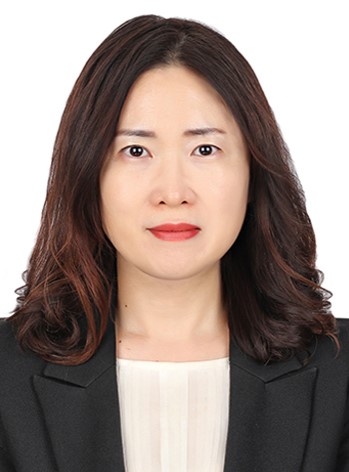
Jungsil Kim/金贞实
韩国庆北大学/Kyungpook National University

Giovanni Saggio 教授
意大利罗马第二大学 / University of Rome Tor Vergata
报告题目/Title: 生物医学应用中的数字孪生/The digital twin on biomedical applications
个人简介:Giovanni Saggio,电子工程学士(1991年),微电子与通信学博士(1996年),现任意大利罗马第二大学副教授。他连续四年(2020-2021、2021-2022、2022-2023、2023-2024)入选斯坦福大学全球前2%顶尖科学家榜单,并被系统与信息控制通信技术研究院(INSTICC)授予"杰出研究员"称号。2020至2022年间,他担任欧盟委员会"预防性医疗"领域国际数字健康老龄化转型专家组(IDIH)协调员,该国际合作项目涵盖日本、韩国、美国、中国和加拿大。萨乔教授著有电子学领域多部专著及九部教科书,是CRC出版社的特邀作者,发表学术论文200余篇,担任多家期刊的专题编辑/客座编辑/学术编辑及编委会成员,持有十二项专利,并创立了三家衍生企业:Captiks有限公司、Seeti有限公司和Voicewise有限公司。
CV: Giovanni Saggio graduated in Electronic Engineering (1991), PhD in Microelectronics and Telecommunication (1996), currently Associate Professor at the University of Vergata, Rome, Italy. He is in the TOP 2% most influential Scientists (Stanford University ranking, 2020-21, 2021-22, 2022-23, 2023-24) and appointed Distinguished Researcher (Institute for Systems and Technologies of Information, Control and Communication, INSTICC). He was the coordinator of the International “Expert Group” IDIH (International Collaboration Digital Transformation Healthy Ageing), for the European Commission, involving Japan, South Korea, USA, China, Canada) on “Preventive Care” (2020-2022). He is author of several monographs and nine books on Electronics, is featured author for CRC Press, author/coauthor of 200+ publications, Topic/Guest/Academic Editor and Section Board/Editorial Board Member for different Journals, granted twelve patents and founded three Spinoffs: Captiks Srl, Seeti Srl, Voicewise Srl.
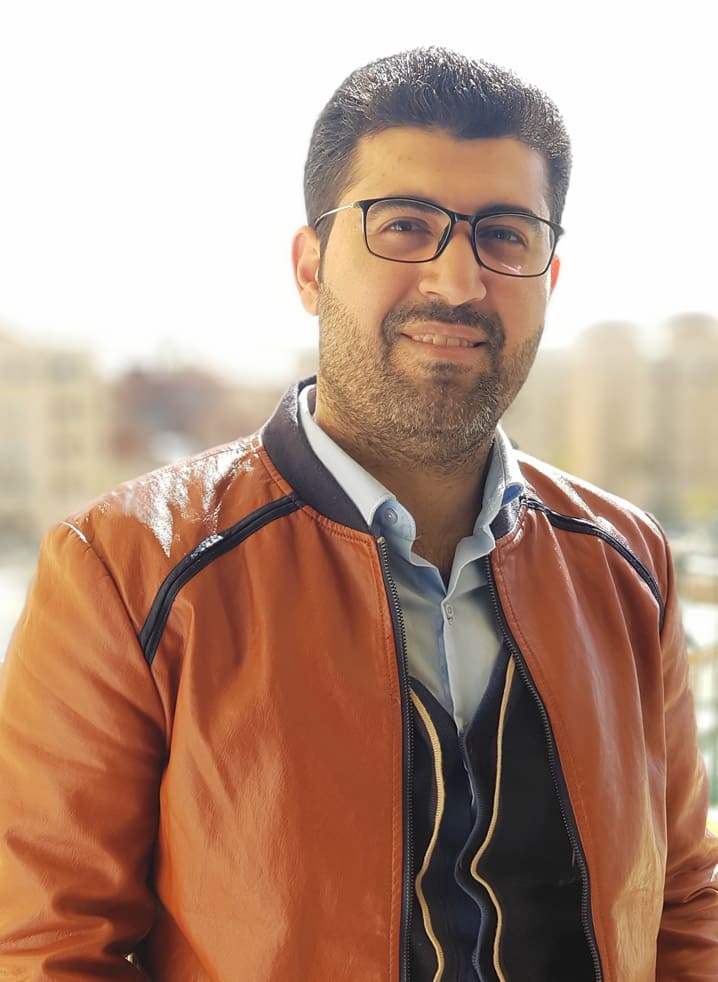
Hamada Rizk
日本大阪大学/Osaka Univeristy
个人简介:我的主要研究兴趣在于空间系统、智能系统以及移动/普适计算。我致力于设计和实现对社会和人类产生深远影响的现实系统。我致力于利用先进的人工智能解决方案、边缘计算和尖端技术,解决医疗保健、应急服务和交通运输的室内/室外定位、灾害管理和评估以及能源等领域的关键挑战。我的愿景是推广可持续发展和生态友好的实践,推动数字化转型和城市规划,以创建智慧城市和智能社会,造福人类。
CV:My primary research interests lie in spatial systems, intelligent systems, and mobile/ubiquitous computing. I am dedicated to designing and implementing real-world systems that profoundly impact society and humanity. By leveraging advanced AI solutions, edge computing, and cutting-edge technologies, I aim to solve critical challenges in healthcare, indoor/outdoor localization for emergency services and transportation, disaster management and assessment, and energy, among other areas. My vision is to promote sustainability and eco-friendly practices, driving digital transformation and urban planning to create smart cities and an intelligent society for the betterment of humanity.